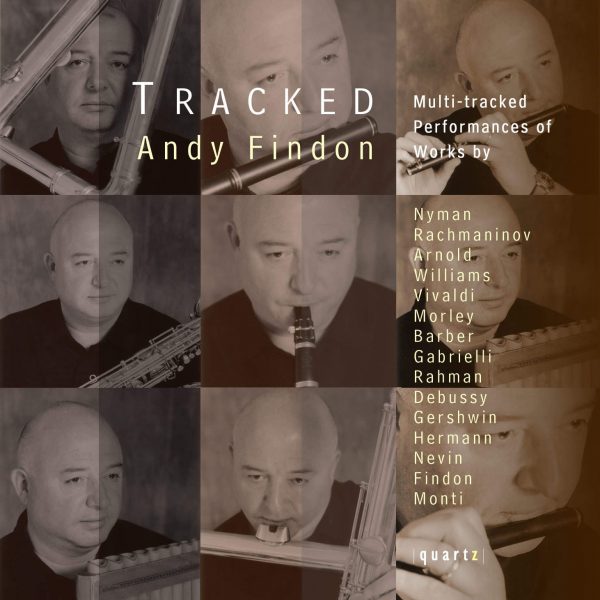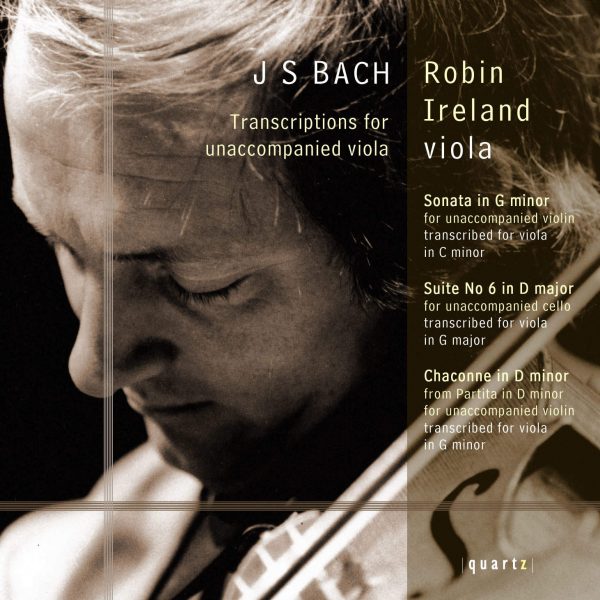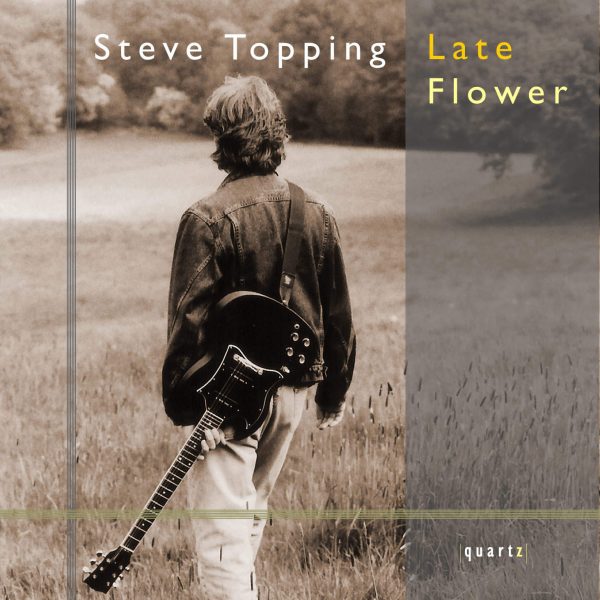Cantar Alla Viola
Price range: £5.99 through £11.99
Blas Castro
Complete Polyphonic Works
Cantar all Viola, the art of accompanying the voice with the Viola da Gamba is largely forgotten technique of using a bowed instrument to play polyphony and harmony as an accompaniment to the voice. The rediscovery of these methods of accompaniment inspired Nadine Balbeisi (soprano) and Fernando Marin (viola da gamba), to create their duo of the same name.
About This Recording
Cantar alla Viola, the art of accompanying the voice with the Viola da Gamba, is the largely forgotten technique of using a bowed instrument to play polyphony and harmony as an accompaniment to the voice. The rediscovery of these methods of accompaniment inspired Nadine Balbeisi, soprano, and Fernando Marín, viola da gamba, to create their duo of the same name. Detailed descriptions of the practice of this delicate manner of accompanying the voice are found in sources such as Regola Rubertiana by Sylvestro Ganassi (1542) and in Il libro del cortegliano by Baldassare Castiglione, Venezia (1528). As suggested by Ganassi’s instructions, Fernando Marín adapts madrigals and songs from the Renaissance and early Baroque for the voice and viol.
The duo researches and makes use of the different kinds of viola da gamba used to accompany the voice, such as the Spanish vihuela de arco, the bowed version of the vihuela de mano (plucked vihuela), and the English lyra-viol. Both have been historically reproduced following the shapes and dimensions as well as building techniques of original instruments. Historical bows and strings are just as carefully researched and selected.
The harmonies of the instrument are sustained by using a special bow technique, which creates a sound that mixes well with the human voice. Cantar alla Viola has performed in festivals and concert series in the US, Belgium, Germany, Spain, and the Czech Republic. Through their extensive research of the repertoire for this combination they have encountered lesser-known composers whose works they have introduced in concert and on their critically acclaimed CDs such as Robert Jones: The Second Booke of Songs and Ayres (1601) and The lyra-viol in the reign of Aragon. In commemoration of the 400th year anniversary of the Second Book of Songs and Ayres (1612) by William Corkine, Cantar alla Viola released the CD Each Lovely Grace.
ON RECORDING THE WORK OF JUAN BLAS DE CASTRO
Blas de Castro and Lope de Vega: an outstanding partnership where the words of one become music and the sounds of the other, poetry. The collaboration of thesemasters is a source of pride for this magical corner, devoted to the preservation of the best of our culture.
Francisco Asenjo Barbieri considers Lope de Vega to be the first of Blas de Castro’s biographers. In his Eulogy on the death of Juan Blas de Castro, Lope categorically states, in a few lines that mention Castro’s being born in Aragon, the following: “Oh, you, musician twice divine for here, famous Aragonese, so you were and are there for your immortal virtues!”
Castro was probably born in Barrachina, a village of the province of Teruel, around 1561. At the age of thirty, already an accomplished musician, he met Lope de Vega in Alba de Tormes. This was the beginning of a lifelong friendship which ended when he died in Madrid in 1631.
There is no denying the transitional nature of the work of Juan Blas, which falls halfway between the old style and the new, with rhythmic and melodic formulas approaching those of the tono humano of the second half of the 17th century. The accompanied monody, proposed in the new Italian style, shows up later as a clear part of the aesthetic of our esteemed Blas. Nevertheless, he as an extraordinary gift for the treatment of text (romances, letrillas, sonnets, and other metres). The clear, typically 17th century madrigalesque features, akin to the canzonetta according to Cerone, together with an incipient monodic style, and above all a particularly suggestive use of seventh chords, make his music a sonic treat of exquisite sensitivity.
Of the twenty works by Blas de Castro that we have been able to rescue, eighteen belong to the Cancionero de Sablonara, and the other two to the Tonos Castellanos manuscript, owned by Don Bartolomé March and kept in the library of the house of Medinaceli.
In the music of the court of Philip IV, the custom was to have one singer per part, consisting of two trebles, contralto and bass. The range of the instrumental parts were defined by the guitar, theorbo, viola da gamba and lira da gamba. Rehearsals at the house of the king’s chamber player, Bernardo Clavijo del Castillo, offered evenings of intimate music that earned the participants fame and prestige among members of the royal court. Our distinguished Juan Blas is one such musician. The enthusiastic surprise expressed by the Prince of Wales, the future Charles I of England, during his visit to the court of Philip IV in 1623, bears testimony to the high musical standard of the tonos composed and played by Spanish musicians.
The present recording of the twenty existing works of Juan Blas by soprano Nadine Balbeisi and viol player Fernando Marín represents a new approach in the art of accompaniment. The treatment given to the vihuela de arco creates a highly suggestive sonic environment, by means of a solidly interwoven fabric of counterpoint and chord progression, using all the sounds of a polyphonic instrument, including pizzicato, bow, arpeggio, and direct playing, that is, in all the wealth of sounds of a polyphonic instrument. Such qualities of the vihuela de arco and lyra-viol support the warm and well-timbred voice of the soprano. One outstanding feature is the expression given to the text, by means of a vocal approach in which the dynamics never cloud the clarity of emission, always correct. To sum up, a beautiful and unique offering by these two masters.
Jorge FresnoTranslation: Anton Corriente
Track Listing
-
Blas de Castro
- Desde las torres del alma
- Del cristal de Mancanares
- Estábase el aldeana
- Porque alegre venga el Sol
- Si tus ojos divinos
- Ánsares y Menga
- A coronarse de flores
- Ya no les pienso pedir
- Sale la blanca aurora
- Para todos alegres
- Si a la fiesta de San Juan
- Entre dos álamos verdes
- Tus imbidias me hablan
- Ojos negros que os mirais
- Álamos del soto adiós
- Desiertos campos árboles sombrios
- Tienes niña en tus ojos
- Qué hermosa fueras Belilla
- Desata el pardo o(c)tubre
- Tan triste vivo en mi aldea




